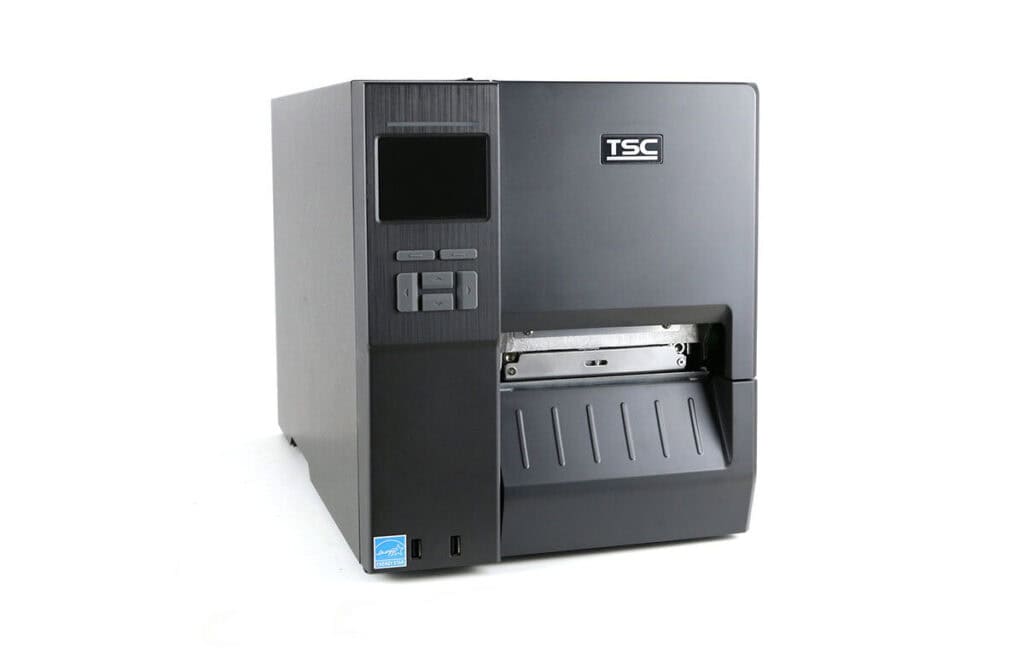Wire tag printers are instrumental in industries where wiring identification aids in maintenance, troubleshooting, and safety. Understanding their importance can guide you in making an informed decision.
Choosing the right wire label printer requires a clear understanding of your specific needs and the environmental factors that affect the labels. Whether it’s for a simple labeling task or for integration with a corner wrap labeling machine, the choice should enhance efficiency and label durability.
Continuing to read will help you grasp the various aspects of wire label printers, ensuring that your final choice aligns perfectly with your requirements and budget.

What is a Wire Tag Printer?
A wire tag printer is an essential tool in the industrial sector, designed specifically for printing labels that are attached to various types of wires. These printers are typically part of a larger system that includes labeling machines, creating a seamless real-time printing and labeling operation. Once a label is printed, a conveyor mechanism transports it to the labeling station where it is precisely affixed to the wire.
Wire tag printers are integral to ensuring that essential information, such as wire parameters, is clearly communicated through durable and legible labels. These devices are commonly utilized alongside corner wrap labeling machines and cable labelers to enhance the efficiency of production lines, particularly in manufacturing settings where wire identification is critical to both safety and functionality.
How to Choose the Right Wire Tag Printer
Selecting the correct wire tag printer involves understanding the specific needs of your application, including the environment in which the labels will be used and the material of the labels themselves. Wire tag printers are generally divided into two categories: thermal printers and thermal transfer printers. Each type has its strengths and is suited to different labeling requirements.
Thermal printers are cost-effective and durable, making them suitable for environments where long-term label durability is not critical. In contrast, thermal transfer printers use a ribbon to transfer ink to the label, offering a more durable solution that withstands harsher conditions.
Depending on the specifics of your labeling needs—such as exposure to chemicals, extreme temperatures, or prolonged outdoor use—choosing the right type can significantly impact the effectiveness of your labeling system.
Does It Use a Ribbon?
Understanding whether your printer uses a ribbon is crucial in determining the type of printer you should opt for. Thermal transfer printers, which utilize a ribbon, are ideal for applications where label longevity and resistance to environmental factors are necessary.
The ribbon acts as a buffer between the print head and the label material, which not only extends the life of the print head but also ensures that the print quality is high and the labels are durable.
On the other hand, direct thermal printers do not use a ribbon. Instead, they print directly onto the label through a heat-sensitive process. While this eliminates the need for ribbon replacement, it also means that the labels are generally less durable and susceptible to fading over time. This makes direct thermal printers suitable for applications where labels are needed for short durations.

Printing Principle
The printing principle of a wire tag printer significantly affects both the quality and durability of the printed labels. Thermal transfer printers heat a ribbon to melt ink onto the label material, which results in high-quality, durable labels that can withstand extreme environments.
This method is preferable when you require labels that must remain legible and intact for long periods or in harsh conditions.
In contrast, direct thermal printers work by heating the label material directly, causing a chemical reaction that turns the label black where heated. While this method is simpler and can reduce operating costs by eliminating the need for ribbons, the labels produced are less durable and not suitable for long-term applications.

Cost
Cost is a significant factor when choosing a wire tag printer. Direct thermal printers are generally less expensive upfront due to the absence of ribbon-related costs.
However, the labels they produce may need to be replaced more frequently if exposed to heat, light, or harsh chemicals, potentially increasing long-term costs.
Thermal transfer printers, while more expensive initially due to the need for ribbons, produce labels that last longer and can prove more cost-effective over time, especially in industrial environments where label durability is crucial.
Consumables
The choice of consumables is another important consideration. Direct thermal printers require specific thermal paper that reacts to heat.
This paper can be more costly and less versatile than the materials used with thermal transfer printers, which can print on a wider variety of media including more durable materials like PET and PVC. This versatility makes thermal transfer printers more suitable for a broader range of applications.

Label Shelf Life
The longevity of the labels is also a crucial consideration. Labels produced by direct thermal printers typically last for about six months before they begin to fade, depending on the storage conditions. Thermal transfer labels, however, can last for two years or more, making them ideal for applications requiring long-term labeling solutions.
Scope of Application
Finally, consider the scope of application. Direct thermal printing is adequate for industries like retail or logistics, where labels are needed temporarily. For industries that demand robust and long-lasting labels, such as automotive or electronics, thermal transfer printing is the recommended choice.
Conclusion
Choosing the right wire tag printer involves careful consideration of your specific needs, including the type of printer, the printing principle, cost, consumables, label shelf life, and the intended application.
By evaluating each of these factors, you can select a wire tag printer that best fits your requirements, ensuring efficiency, reliability, and cost-effectiveness in your labeling processes.
You may be interested:
- What are the labels requirements for wire labeling machines?
- What are the features of Cable and Rod Labeling Machine?
- How do you label wires and cables?
- How does a labeling machine work?






